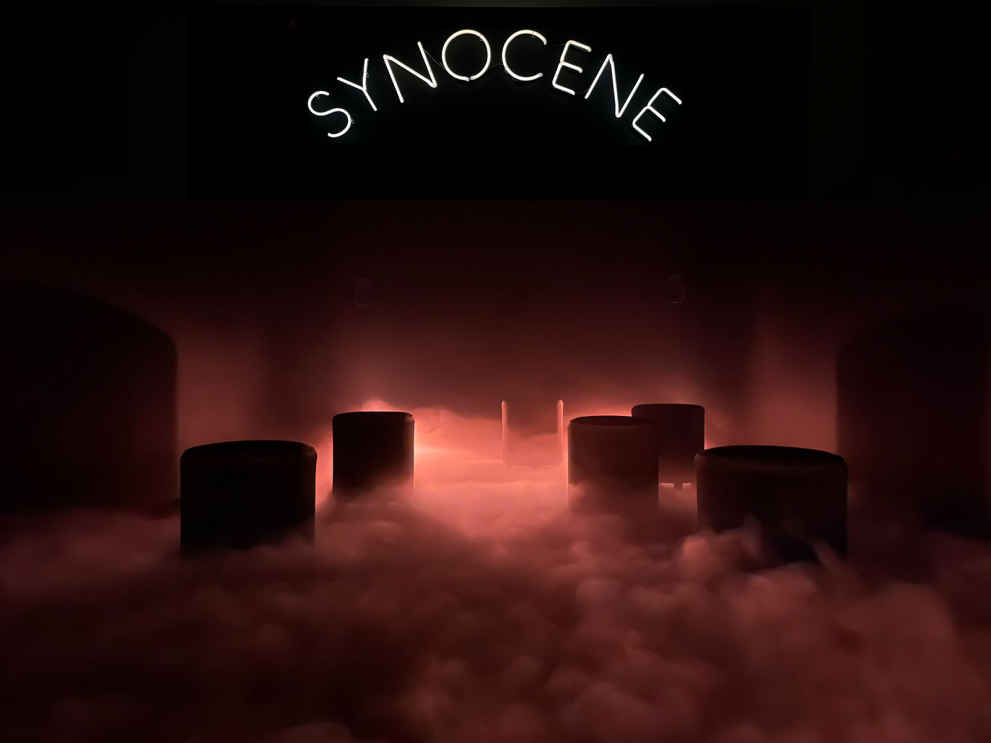
Synocene is an immersive spatial sound installation that explores a de-centered view of our anthropocentric experience of the natural world, to imagine a future beyond the Anthropocene. Audiences to this work will discover the many narratives created by human experiences of nature in a hybrid writing with AI, along with forest soundscape recordings from within Natura 2000 sites.
To achieve the current version of the installation, a citizen engagement workshop took place in the Glengarriff Harbour and Woodland Natura 2000 site (Ireland), where the local community explored new forms of interaction and perception within their forest. These participants worked with an artificial intelligence engine to envision narratives of a more-than-human world. A future era where humanity’s relationship to other forms of life or existence has changed.
The dreamlike setting of the installation becomes a space within which the public can discover these narratives, to contemplate and reflect on attitudes towards the natural world. This work is an ever evolving attempt at capturing the co-esitence of human/non-human/more-than-human narratives of the world.
Spatial sound installation
Sam Nester & Marina Wainer | Isabelle Hupont Torres, Lucía Iglesias Blanco & Marina Xenophontos
In collaboration with: Sylvie Tissot, Clare Heardman
- Residency Project: https://science-art-society.ec.europa.eu/synocene-beyond-anthropocene
- Presentation of Residency @ JRC: https://science-art-society.ec.europa.eu/sites/default/files/video-thumbnails/2023-06/synocene%20-%20Large%20540p.mp4
- Synocene website (Marina Wainer): https://marinaestelawainer.com/index.php/en/2024/03/27/synocene-beyond-the-anthropocene-2/
- Synocene website (Sam Nester): https://samnester.com/synocene
- Synocene update: https://science-art-society.ec.europa.eu/sites/default/files/video-thumbnails/2024-10/Synocene%20Update_compressed.mp4
